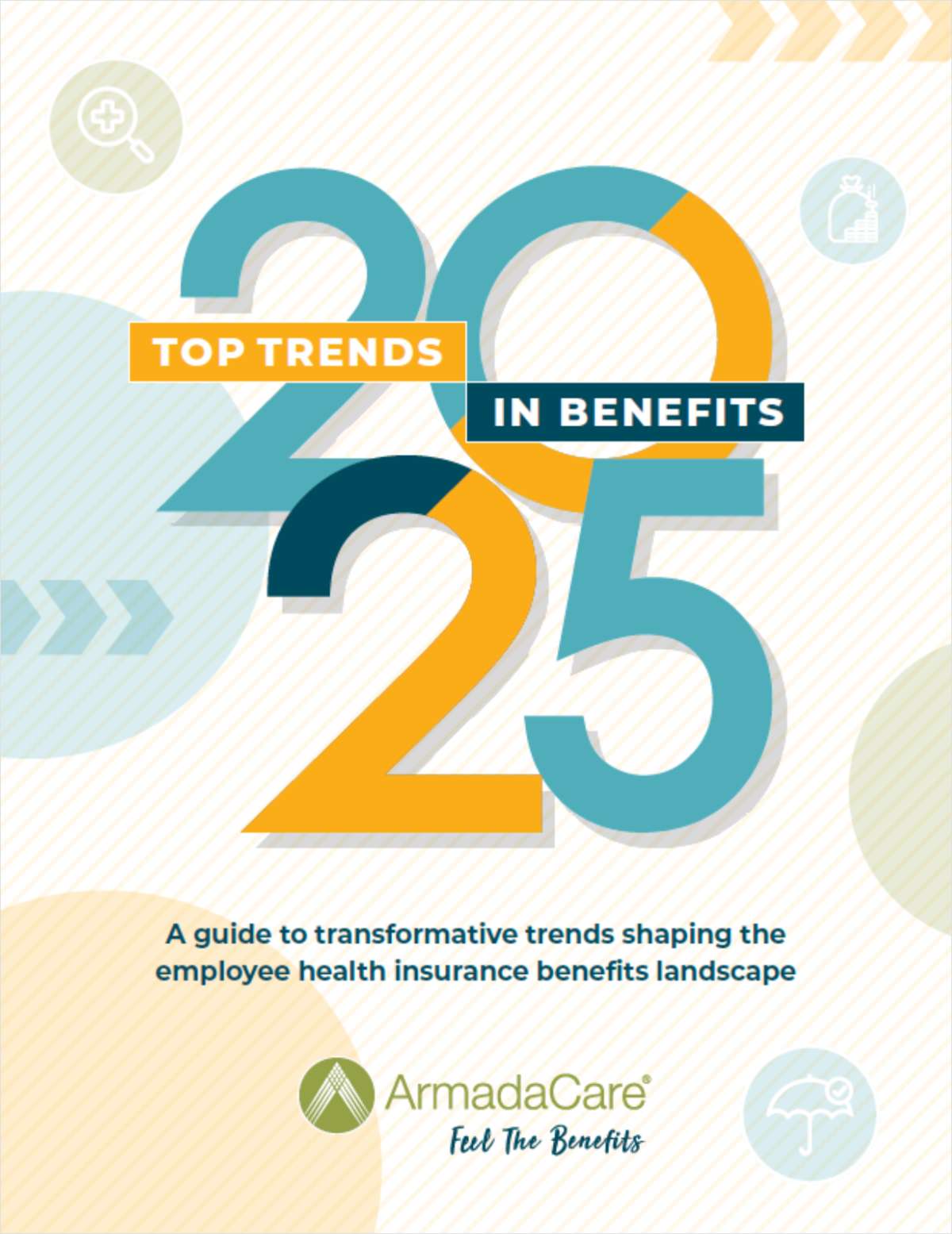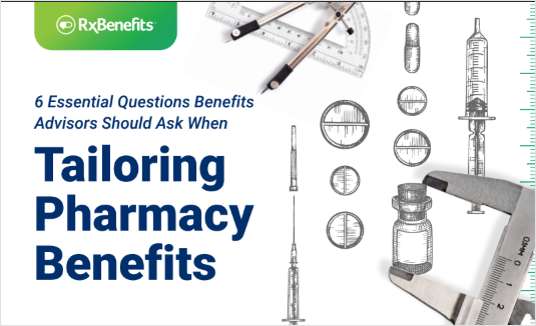
John Doe goes to see a cardiologist because of chest pain. Concerned, his doctor of 20 years issues a series of tests to rule out a potential heart issue. An EKG and blood work come back negative, but the devoted doctor calls for stress tests and a CT scan to rule out any potential blockage or damage that could be causing the pain. After a month of trips from the lab to his doctor's office, John's doctor tells him that there is nothing wrong with him physically, and then asks if John has been experiencing difficulties at work or home that could be causing him anxiety or stress. John, the proud, hard-working single provider for his family of five, doesn't want to discuss the financial concerns stemming from the changes at his job that have been worrying him for the last eight to ten months. Instead, he's hoping his doctor can “patch him up,” so that he can go back to work, doing what he loves.
Unfortunately, John's situation is all too common. Although distinct mental health claims like depression and anxiety are categorized under mental health, when analyzing benefit claims data, you may find that stress induced claims such as non-cardiac chest pains, stress related IBS, and migraines are miscategorized as other diseases.
This means that many of the examples of neck, shoulder, and low back pain which are presented under musculoskeletal disease claims, or stress ulcers which are presented under digestive system disease claims, for example, are actually a manifestation of stressful mental health issues, yet mental health isn't the focus when searching for the root cause of physical pain.
The state of our mental health is costing everyone. In the previous example, John is feeling sick and his worries are contributing to a lack of focus on the job. His employer is losing productivity from one of its best employees and is also taking on huge health care costs because of diagnostic testing.
Similar to physical health, mental health needs preventative care. This can take the form of wellness programs aimed at treating problems at the source and, hopefully, averting any physical symptoms down the road. The solution is in the data. MetLife's Health & Wellness team runs analyses of global client benefit claims and has found that mental health can be a leading and often unaddressed driver of health care costs across global markets.
The good news is that benefits advisors and providers are in a unique situation to help people like John feel better, while helping clients manage their costs and demonstrate to their employees that they care about employee well-being. Here are some steps advisors can take to better position themselves to assist their customers in addressing this growing need:
- Let the data do the talking. So much can be learned from the claims data about how their employee benefits are being used. Encourage your clients to take a hard look at the data. What types of claims are they seeing?
The International Classification of Diseases (ICD) is a global medical coding system which health care providers use when categorizing claims. Chapter five of the classification system relates to mental and behavioral disorders. However, many times this chapter fails to include in it the physical manifestations of mental health conditions that may manifest as stress ulcers, migraines, tension headaches, neck and shoulder pains etc.
MetLife's Health & Wellness team has discovered that when health care providers can't pinpoint the source of the physical pain, they may code their claims under Chapter 18, “Symptoms, signs, and abnormal clinical and laboratory findings, not elsewhere classified.” Essentially, it's the medical world's version of “other.” A closer look at claims data may reveal that many symptoms which can't be attributed to physical ailments may have roots in a person's mental health, including issues such as sadness, stress, chronic fatigue, changes to eating and sleeping habits, fear, social withdrawal, and anxiety. The physical manifestations of these conditions are commonly bucketed in Chapter 18, which could indicate that your client's employees have a mental wellness need that has to be addressed.
- Understanding wellness. Clearly, there are diagnosable mental health issues such as depression, bipolar disorder, and schizophrenia, which are categorized as illnesses. On the whole however, mental health isn't about specific disease states. According to the World Health Organization (WHO), mental health is “a state of well-being in which every individual realizes his or her own potential, can cope with the normal stresses of life, can work productively and fruitfully, and is able to make a contribution to her or his community.” A goal of any employer-sponsored wellness program should be to empower their employees to meet this definition of mental health so that their day-to-day stresses don't manifest themselves as physical symptoms.
Wellness and work-life balance initiatives such as fitness programs, flexible work arrangements, financial literacy courses, health education, and others which address employee-specific stresses are, essentially, preventative health programs which help employees stay healthy and productive. The key to success is customization, and MetLife's 16th annual U.S. Employee Benefit Trends Study found that employees care enough about customization to pay. The study found that 83 percent of employees would be willing to take a small pay cut in order to have a better choice of benefits from their employer. Additionally, 60 percent of employees are interested in having their employer provide a wider array of non-medical benefits that they can choose to pay for on their own. Creating a wellness program means asking your client to identify the concerns that keep their employees up at night and then tailoring solutions that can address the most common concerns.
For mental health issues specifically, ask clients to take a look at their Employee Assistance Programs (EAP). Most of these programs are referral systems that provide employees with additional resources. However, there is an opportunity for the EAP to serve as a mental health hotline (similar to tele-doc and tele-med hotlines) with trained and certified mental health professionals available as counselors and listeners.
- Provide access and education. Wellness programs aren't beneficial when no one knows they are available. After identifying the need and types of wellness offerings your client can provide their employees, help them to understand the importance of proper communication. All employees should be able to tell you:
- What type of wellness programs are at the company
- How does each offering benefit them
- How the benefits are accessed
Additionally, clear and consistent communication will help reduce potential stigmatization associated with some programs. Using the employer sponsored gym during your lunch break, for example, is a lot less taboo than calling up the therapist hotline, which is also sponsored. If the client regularly promotes wellness benefits, including services which may carry a stigma, while also emphasizing the privacy protections in place and the ease of use, then the awkwardness or fear that might be associated with taking advantage of these types of offerings can be lessened.
- Promoting an inclusive culture. All employee benefits are aimed at making the lives of employees easier. It's a reason they're offered and easy access to benefits and perks is what attracts potential employees to our clients.
Advisors are well positioned to encourage clients to consider inclusivity in their wellness offerings. A holistic wellness program that includes mental health awareness and management can thrive when packaged with many other benefits catering to a diverse workforce. What types of benefit incentives exist for working parents, for example? For nursing mothers, for members of the LGBTQ community, for expatriate employees, for minority groups, or for employees who have disabilities?
Investing in wellness programs which address the needs of a broad employee base doesn't have to be expensive, but the value for the client may translate to improved productivity, increased employee loyalty and retention, and happier, healthier employees. This should be everyone's end goal.
Dr. Leena Johns leads MetLife's Global Employee Benefits Health & Wellness program. As the subject matter expert on health data analytics, Dr. Johns and her team collaborate with clients and brokers to provide benefits and wellness recommendations based on in-depth claim analyses.
Complete your profile to continue reading and get FREE access to BenefitsPRO, part of your ALM digital membership.
Your access to unlimited BenefitsPRO content isn’t changing.
Once you are an ALM digital member, you’ll receive:
- Breaking benefits news and analysis, on-site and via our newsletters and custom alerts
- Educational webcasts, white papers, and ebooks from industry thought leaders
- Critical converage of the property casualty insurance and financial advisory markets on our other ALM sites, PropertyCasualty360 and ThinkAdvisor
Already have an account? Sign In Now
© 2025 ALM Global, LLC, All Rights Reserved. Request academic re-use from www.copyright.com. All other uses, submit a request to [email protected]. For more information visit Asset & Logo Licensing.







